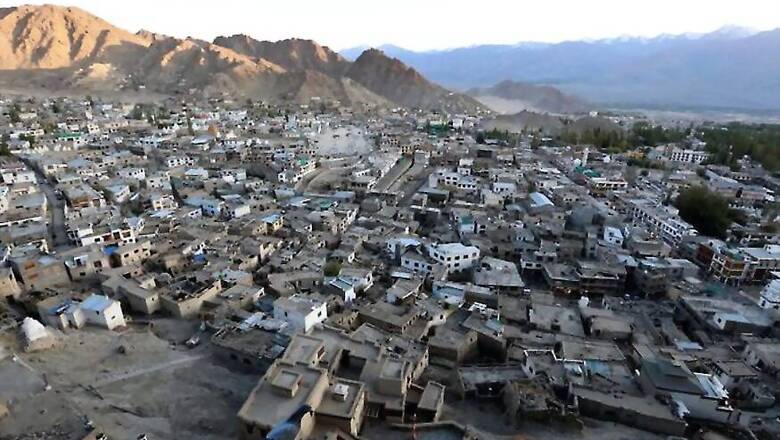
views
Shifts in rain and snow patterns due to climate change may have a greater impact on the water supply of about 1.5 billion people in Hindu Kush Himalayan region than retreating glaciers, according to a new report.
The Hindu Kush Himalayan region hosts several of Asia's great river systems, which provide water for drinking, irrigation and other uses for about 1.5 billion people. Also read: Here is What Uber CEO Travis Kalanick Feels About Ola, Women Safety And More
A committee of experts, including those from NASA, found that at lower elevations, glacial retreat is unlikely to cause significant changes in water availability, but other factors, including groundwater depletion and increasing human water use may have a greater impact.
Higher elevation areas could experience altered water flow in some river basins if current rates of glacial retreat continue, but shifts in the location, intensity and variability of rain and snow due to climate change will likely have a greater impact on regional water supplies.
The meltwater from glaciers in the Hindu Kush Himalayan region supplements several great river systems such as the Indus, Ganges, and Brahmaputra. Scientific evidence shows that most glaciers in the Himalayan region are retreating, leading to concerns that over time normal glacier melt will not be able to contribute to the region's water supply each year. Also read: Motorola Moto G4, Moto G4 Plus, Moto G4 Play Get Cheaper on Amazon India
There is uncertainty in projections of future changes in precipitation, but shifts in the location and intensity of snow and rain could also impact the rate of glacial retreat. Variation in climate, precipitation and glacial behaviour across the vast Hindu Kush Himalayan region means that it is challenging to determine exactly how retreating glaciers will affect water supply in each location.
It is likely that the contribution of glacier meltwater to water supply in the Hindu Kush Himalayan region may have been overestimated in the past, for example by not differentiating between the contributions to water supply of meltwater from glaciers and meltwater from snow. Retreating glaciers over the next several decades are unlikely to cause significant changes in water availability at lower elevations, which depend primarily on monsoon rains.
However, for high elevation areas, current glacier retreat rates, if they continue, may alter streamflow in some basins. Assuming annual precipitation in the form of snow and freezing rain remains the same, the loss of water stored as glacial ice will likely not change the amount of meltwater that supplements rivers and streams each summer. Also read: Reliance Jio Effect: Telenor Offers Unlimited Voice Calls and Internet in Gujarat
Glacial meltwater can act as a buffer against the hydrologic impacts of a changing climate, such as drought. Water stored as glacial ice could serve as the Himalayan region's hydrologic insurance. Although retreating glaciers would provide more meltwater in the shorter term as the glacier shrinks, loss of glacier "insurance" could become problematic over the longer term.

















Comments
0 comment